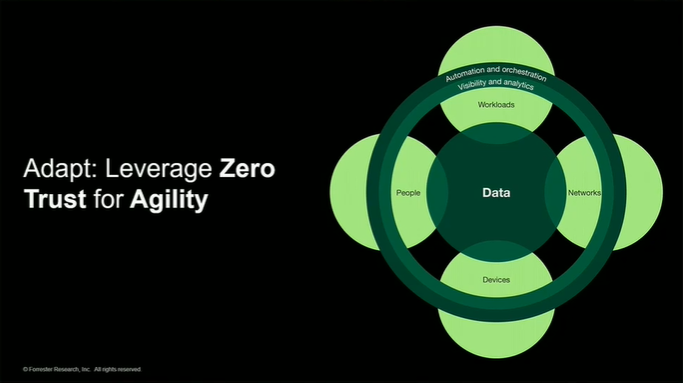Because of the apparent benefits that cloud computing can bring to organizations, it is now that technology is starting to play a major role in the field of healthcare services. Though historically healthcare organizations are slow to adapt to Information Technology because of costs and they have focused primarily on the automation of their back office systems like payment, medical record keeping, and doing business intelligence that is required of them for regulatory compliance. The slow adoption may also be attributed to concerns with regards to the safeguarding of patient information confidentiality along with full compliance to regulations like the HIPAA. Another reason would be because many IT departments in healthcare organizations are simply too burdened with outdated systems and fears for more trouble that comes with adopting yet another standard, not to mention the pains involved with customization of new systems to work with the legacy ones or even those fears associated with data migration.
Because of the increasing scrutiny of regulatory councils, grim financial realities, and cultural and social pressures, the healthcare industry is being forced to reconsider and change the ways they create, bill, and deliver healthcare services. This change in paradigm simply pushes them towards adopting cloud computing services to meet the changing industry needs without the costs and risks of making traditional IT investments. The benefits that cloud computing can bring to the industry is tremendous as it can help reduce the overall cost of healthcare and help to tremendously improve patient care by freeing hospital staff of most of the clerical burden that comes with their territory. Cloud computing services may be able to help healthcare organizations to share information which is stored in scattered systems in real time, freeing IT staff to see to more critical matters cost-effectively and efficiently.
Cloud computing vendors that offer healthcare solutions like electronic medical records (EMR), telemedicine, patient management, and medical imaging that can be consumed by healthcare professionals, organizations, and patients over the cloud, are gradually increasing. The potential for revolutionizing healthcare services is immense. Imagine patients being able to do consultations and receive laboratory results and medical imaging through the cloud, and that’s just the beginning. These cloud services can be integrated with special medical hardware that allows medical professionals to monitor patient body functions and statistics wirelessly, allowing quick response for certain volatile patients with degrading health like those with cardiovascular problems and hypertension. This could even allow the monitoring of brain activity that can detect strokes as they are about to happen allowing for a rapid response to aid the patient wherever they may be. This could also help with alleviating medical prescription and Pharmacy disjunction by allowing pharmacists to view clear information on a patient’s prescription, a process that often leads to mistakes because of bad hand writing.
For now however, cloud computing services are still focused on the clerical side of healthcare and how it can help to give healthcare professionals more time for doing actual patient care rather than clerical work. This also helps the sharing of patient history information to other hospitals if ever a patient will be admitted to another hospital, saving a lot of time and the patient’s life.
By Abdul Salam





